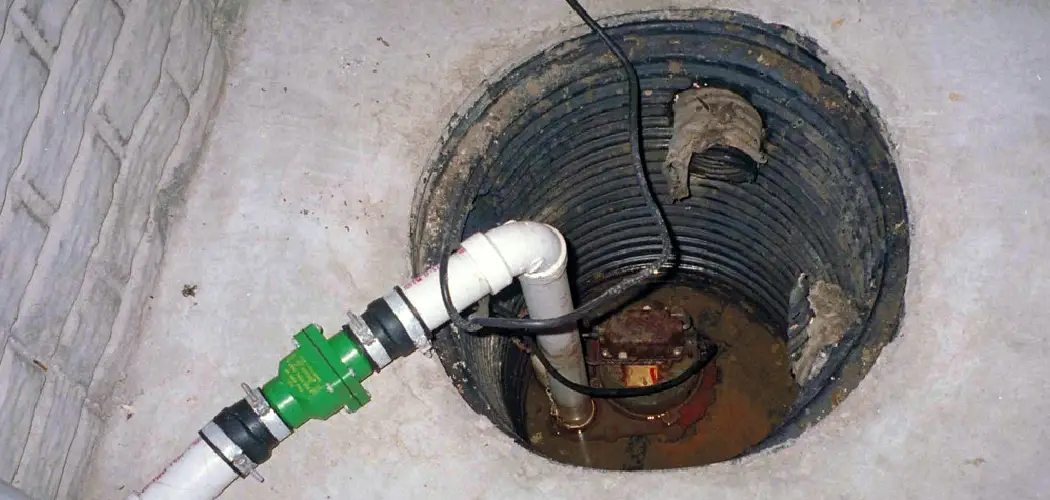If you’ve ever had water in your basement, then you know the importance of a sump pump. A sump pump is a machine that removes water from your basement and sends it outside, away from your home. It’s an essential piece of equipment for any homeowner with a basement. But how do you know if you have a sump pump? And what should you do if your sump pump isn’t working properly? This blog post will discuss how do you know if you have a sump pump. Stay safe this winter by knowing everything about your sump pump. Keep on reading the article!
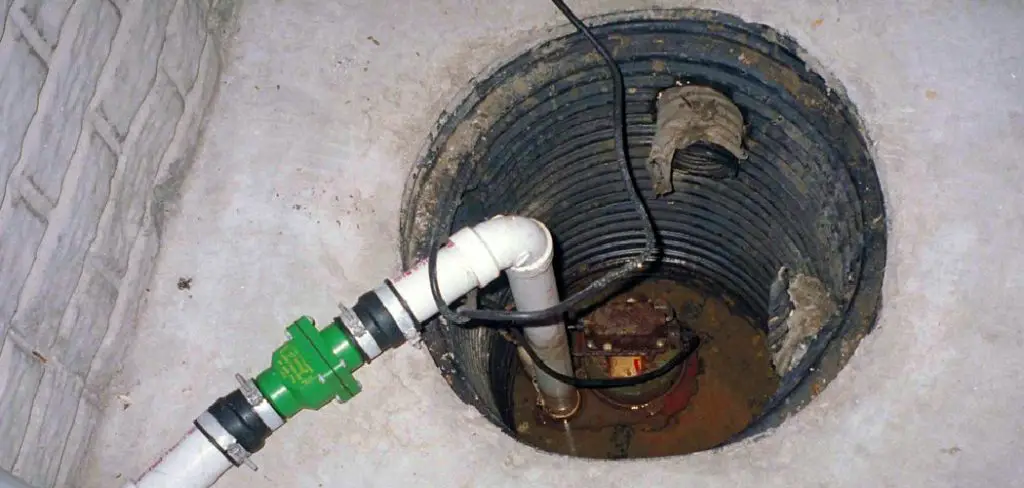
Why Doesn’t My Basement Have a Sump Pump?
In many cases, the reason why your basement doesn’t have a sump pump is that it wasn’t installed when the house was initially constructed. If you recently bought an older home, it’s possible that the previous owners did not install a sump pump. In this case, you may need to contact a plumber and have one professionally installed. However, this may not be necessary if your home is built on higher ground or if there aren’t any drainage issues.
10 Methods How Do You Know if You Have a Sump Pump
1. Check for a Pit.
The first step to check if you have a sump pump is to look for a pit. Oftentimes, sump pumps are located in the basement of a home and will have a small pit where the pump sits in. This pit is usually filled with water, as the sump pump’s job is to remove water from the area surrounding it. However, if you don’t see a pit in your basement, there may still be an area that collects water and needs to be drained.
2. Listen for Running Water.
Another way to tell if you have a sump pump is to listen for running water. When the sump pump is turned on, it will make a noise as it pumps water out of the pit and away from your home. If you hear this noise, it is likely that you have a sump pump. However, if you don’t hear any noise, it is possible that there isn’t a sump pump present. Make sure to check for a pit and listen for running water before assuming that you don’t have one. Although it is possible that you don’t have a sump pump, it’s better to verify in case you do need one.
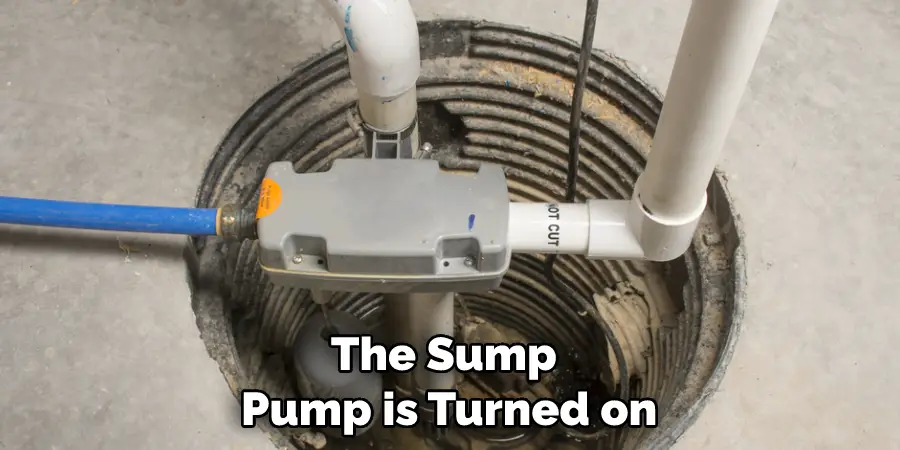
3. Look for Discharge Lines.
Another way to tell if you have a sump pump is to look for discharge lines. These lines are typically made of PVC pipe and run from the sump pump to an area where the water can be safely discharged, such as a storm drain or dry well. If you see these lines, it is likely that you have a sump pump. However, if you don’t see any discharge lines, it doesn’t necessarily mean that there isn’t a sump pump present. It could just be hidden or installed in an area that is not visible.
4. Check Your Power Bill.
If you are unsure whether or not you have a sump pump, you can check your power bill. Oftentimes, homes with sump pumps will have an increase in their power usage during periods of heavy rain or snowmelt due to the increased use of the pump. If you see an unexplained increase in your power usage, it is possible that you have a sump pump. Although checking your power bill is a good way to detect the presence of a sump pump, it may not always be reliable. If you are still unsure, it is best to contact a local plumbing professional for an inspection.
5. Hire a Professional Inspector.
If you are still unsure whether or not you have a sump pump, you can always hire a professional inspector to come and take a look at your home. A professional inspector will be able to tell you definitively whether or not you have a sump pump and can also provide other valuable information about your home’s plumbing and drainage system.
You Can Check It Out to Winterize Hose Bib
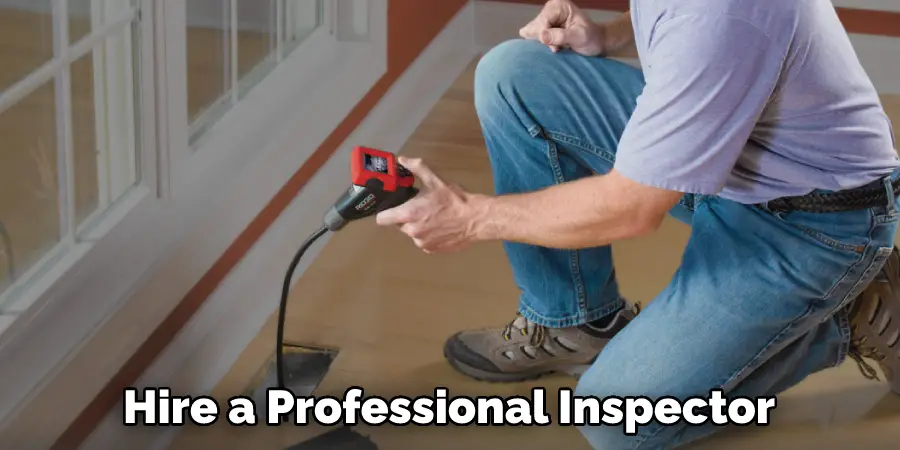
Try to hire a reputable inspector who is experienced in evaluating sump pumps and other home plumbing systems. By doing this, you can be sure that your home is in good shape and that you are getting the most out of your sump pump system.
6. Check for Sewage backup.
If you are experiencing sewage back-ups in your home, it is likely that you have a sump pump installed. The sump pump will be responsible for removing excess water from the area and helping to prevent the backup of sewage into your home. While a sump pump can be a great asset for your home, it is important to make sure that it is working properly. If you notice any back-ups, you should take a look at your sump pump to make sure it is running correctly.
7. Look For Moisture on Walls or Floors.
If you notice moisture on walls or floors in your basement, this could be a sign that you have a sump pump. Oftentimes, sump pumps will discharge excess water onto these surfaces as they become overwhelmed with water when there is too much rain or snow melt at once. This can cause damage to walls and floors if left unchecked, so it is important to make sure that your sump pump is functioning properly. However, if you notice moisture on your walls or floors, it could also be a sign of a leaky pipe or another plumbing issue.
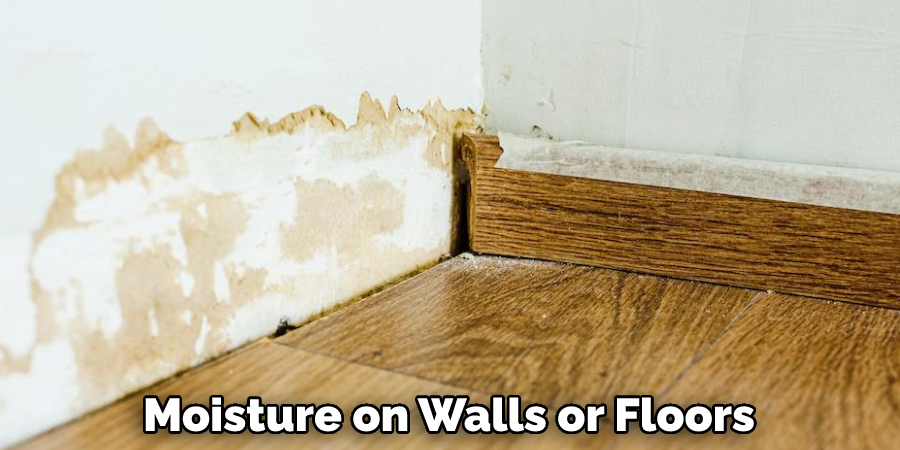
8. Feel the Floor For Vibrations.
If you suspect that you have a sump pump, you can feel the floor for vibrations when it is running. Oftentimes, the vibration will be quite noticeable and can help you determine if there is a sump pump in your home. Now that you know where to look, it’s time to find out if you have a sump pump and what type of maintenance it needs. Make sure you keep an eye on your sump pump to ensure it continues working properly.
9. Inspect Egress Windows or Wells.
If you have egress windows or wells installed in your basement, they are most likely connected to a sump pump system. These egress systems are designed to provide an emergency exit route if water were to accumulate in the basement of your home and could become hazardous if not maintained properly. By inspecting these systems, you can quickly determine if your home has a sump pump.
10. Check Your Utility Room or Basement for the Pump.
Finally, you can check your utility room or basement for the actual sump pump itself. Oftentimes, these pumps are visible and easy to spot if they are present in your home. If you do not see a sump pump in either of these areas, it is likely that there is none installed in your home. Although this is the final step, it is also the most obvious and can help you determine whether or not your home has a sump pump.
In conclusion, there are many different ways to tell if you have a sump pump installed in your home. By following these tips, you will be able to easily identify whether or not you have one and take steps to make sure it’s properly maintained. If you do have a sump pump, remember to keep an eye on it and make sure that it’s in good working order. A well-maintained sump pump can be a great asset to your home and help you avoid costly water damage.
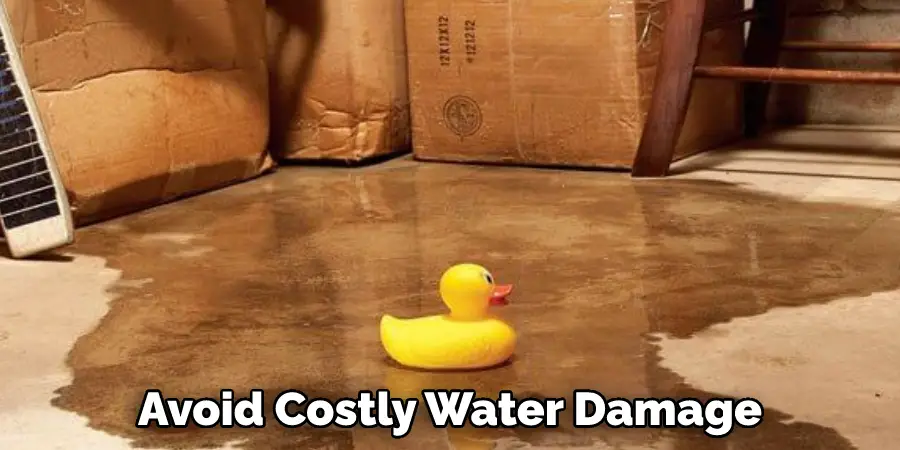
Secret Tips When Having a Swamp Pump:
- Know the purpose of a sump pump
- Check for signs of water damage that could indicate a need for a sump pump
- Check the basement or crawlspace for standing water
- Look for a float switch, outlet, or pipe near the floor
- Inspect egress windows or wells
- Feel the floor for vibrations when running
- Check your utility room or basement for pump
- Have your sump pump inspected and serviced regularly
- Install a battery-powered backup system to keep it working during power outages
- Make sure you have proper drainage from your sump pump to avoid flooding and excess water buildup in the area around it.
Conclusion
Most people don’t know they have a sump pump until it fails and their basement floods. You can avoid this by being proactive and testing your sump pump regularly. A sump pump is a great way to ensure that your basement stays dry, but it’s important to know if you need one in the first place.
If you live in an area with a high water table or if your basement is prone to flooding, then a sump pump may be right for you. Otherwise, you may not need one at all. Either way, it’s always best to consult with a professional before making any decisions about your home’s plumbing.
Thanks for reading our blog post on how do you know if you have a sump pump! We hope you found it helpful and informative.
You Can Check It Out to Winterize Cabin Plumbing

